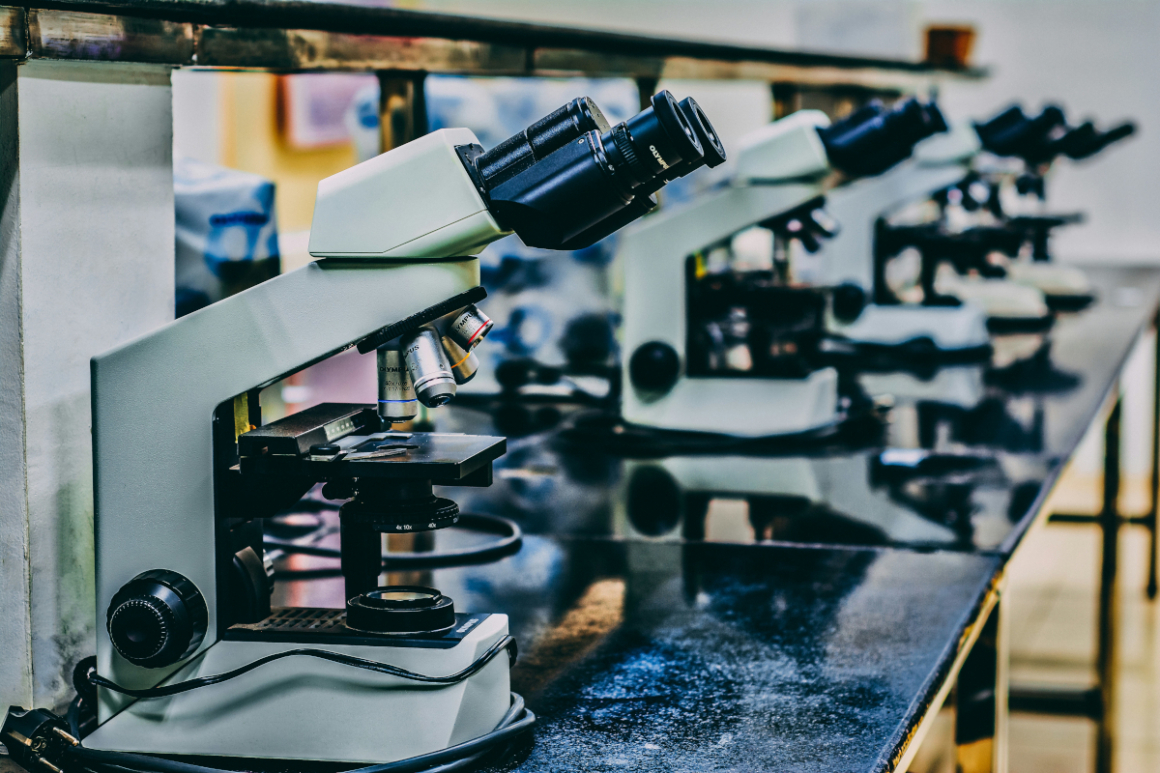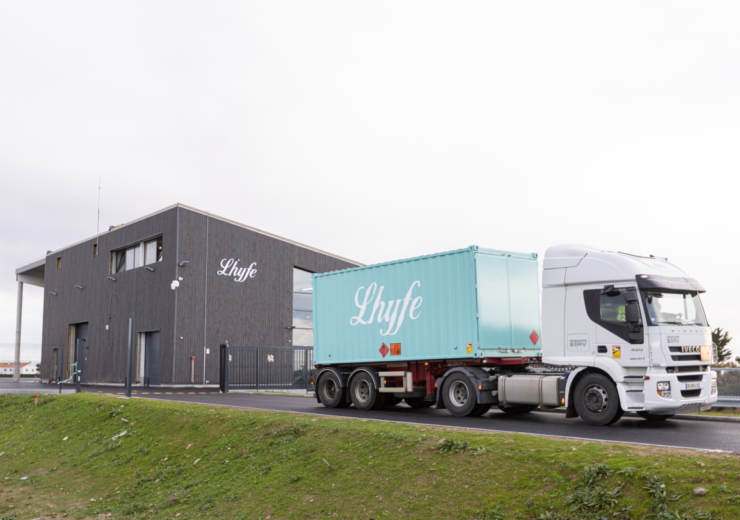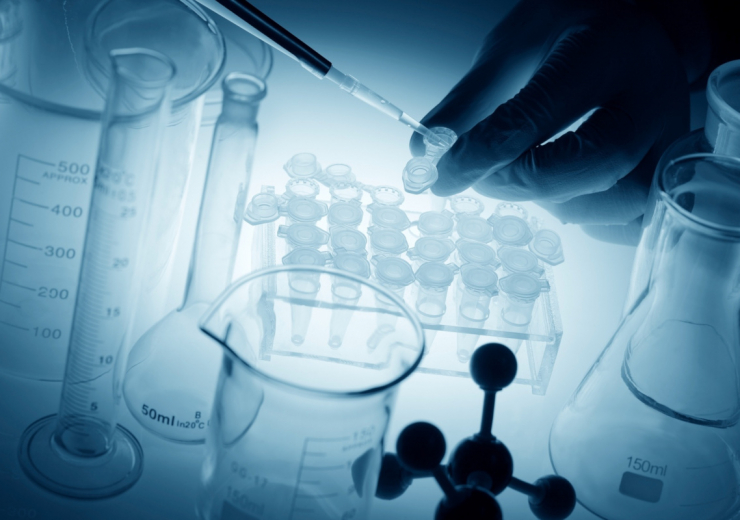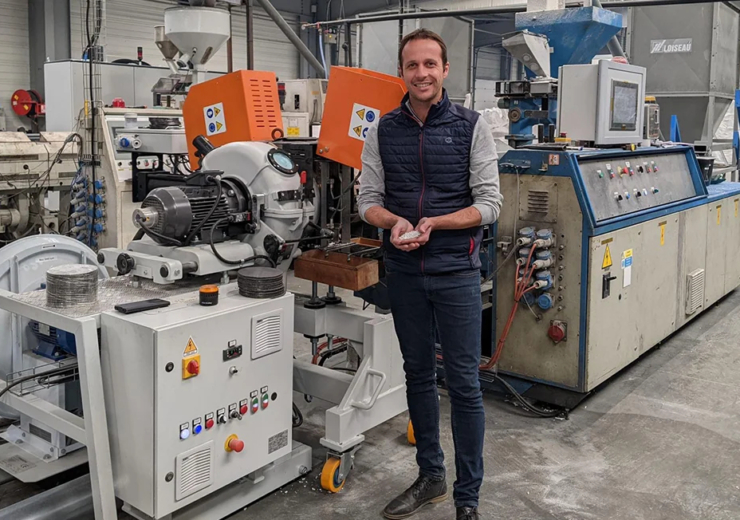The Pôle d’excellence de la recherche ligérienne en énergie (Perle) brings together 16 laboratories in the Atlantic France region, including 9 specialising in hydrogen. Its aim is to facilitate collaboration with companies in order to implement innovations in this field. Florence Paumier, an energy, marine, and environmental engineer at the University of Nantes, provides an overview of the group.
What is your role?
I’m in charge of the partnerships between the laboratories of the University of Nantes and businesses in the energy, marine, and environmental sectors. I’m responsible for facilitating collaboration, identifying and qualifying innovation projects, and directing them to the appropriate structures. Specifically, we have developed a map of researchers’ skills so that companies can more easily identify those who are relevant to their business. We can also help researchers file patents and transfer technology to the business world. Researchers are keen to work with industry partners to bring their innovations from the laboratory to the market.
Why was GIS Perle set up and who are its members?
Originally, several academic laboratories in Atlantic France joined forces as part of a regional programme that funded theses in 2007 and 2014. The participants then decided to continue this collaboration and created the GIS in 2017. Today, it brings together 16 laboratories and 200 researchers from the universities of Nantes (with branches in Nantes and Saint-Nazaire), Angers, and Le Mans. It covers a wide range of disciplines (chemistry, electrical energy, materials, economics, geography, etc.), whilst always maintaining a focus on energy. The GIS is also supported by the competitiveness clusters (S2E2, iD4mobility, and EMC2) and the Atlantic France Chamber of Commerce and Industry.
What role does hydrogen play?
Within the GIS, 9 laboratories specialise in hydrogen, representing around thirty permanent researchers. They are involved in a number of areas, including:
- Economics and stock management
- Chemistry, organic waste recovery, and solar production
- High-temperature electrolysis (which is at the heart of the cluster)
- The development of marine and land-based applications using fuel cells
- The development of hybrid internal combustion engines using gaseous hydrogen
In addition, researchers at the François Viète Centre in Nantes, which specialises in the history of science, are working on the history of hydrogen and the public acceptance of this technology since the first hydrogen fuel cells appeared in the 19th century.
Could you provide examples of some noteworthy recent research/business partnerships within the hydrogen sector?
- The ELHySE chair was created in 2023 thanks to a €140,000 grant from the Atlantic France Regional Council. It will be managed by the Ireena laboratory in Saint-Nazaire, in partnership with Comeca Power in Le Mans. The aim is to improve the performance and reliability of hydrogen production units, in particular by monitoring high-power electrolysers to extend their life and improve their performance.
- The HyMot project is led at the École Centrale de Nantes by the Laboratoire de recherche en Hydrodynamique, Énergétique et Environnement Atmosphérique (LHEEA). This project, supported by ADEME (CORAM/Programme investissement d’avenir – France 2030), is dedicated to the development of an affordable and environmentally-friendly hydrogen-powered vehicle for light commercial vehicles, with partners including Bosch, the Renault group, Alpine, Forvia, Total Energies, IFPEn and OSE. The project started in 2022 and will involve investment in dedicated test benches and simulation tools, as well as the study and optimisation of the demonstrator vehicle’s performance.
- The ESTUAIRE research project, which extends beyond hydrogen alone, is led by Nantes Saint-Nazaire Port. The port aimed to study the possibility of recovering the waste heat produced by the players on its site and then making it available to users in the form of energy. The project ran from 2019 to 2021 and required an investment of €710,000. It was supported by MAN Energy Solutions, the Carene, Akajoule, the Ireena Laboratory, and the LTeN (Nantes Thermal and Energy Laboratory).
Are there any other laboratories in Atlantic France that hold significance in the hydrogen sector?
The leading laboratory in this field in Nantes is the Jean Rouxel Materials Institute (IMN). Professor Olivier Joubert is President of the CNRS Hydrogen Research Federation (FRH2), which brings together all the French laboratories working on hydrogen. The IMN carries out basic and applied research projects further upstream, such as the development of new ceramics. These projects receive substantial funding from national programmes such as France 2030 and the Priority Research Programmes and Equipment (PEPR); the IMN leads two projects benefiting from this and is a partner in several others.
It is also worth mentioning GEPEA, which is working on the production of hydrogen from waste, and the CEISAM laboratory (Chemistry and Interdisciplinarity, Synthesis, Analysis, and Modelling), which is researching production by photocatalysis, using the sun’s rays.
Finally, there are laboratories specialising in social sciences, such as the François Viète Centre, which I mentioned earlier, and Lemna (the Nantes-Atlantique Economics and Management Laboratory), which carries out technical and economic studies on the hydrogen economy, in particular its viability, stock management, and so on.
And do any of your projects involve students?
Yes, of course. For example, LTeN teachers supervise students from Polytech Nantes and the Lycée de la Joliverie, who are members of the Polyjoule association. They often come first in the Shell Eco-marathon, an international race for fuel cell vehicles to cover as many kilometres as possible.
The CNRS recently organised a day dedicated to hydrogen. How did it go?
On the 18th of December, the CNRS (French National Centre for Scientific Research) organised a day for industrialists in Paris. The aim was to showcase the capabilities of the laboratories and more than 100 people were there. We attended pitches made by pairs of researchers and industrialists, including one featuring IMN and Air Liquide. The event also provided us with information on project funding from the ANR (French National Research Agency). This complements the financial support available locally, such as the CIFRE theses co-funded by the Regional Council. This is also the case for a thesis to be launched in March 2023 by Lhyfe and LS2N on optimising the production of renewable green hydrogen under uncertainty.
Facilitating the transfer between researchers and companies is a regional priority and events are organised throughout the Atlantic France region. A scientific day was organised at the last “Le Mans Hydrogène” in September, and researchers were present at the “Hydrogène workshops in Atlantic France” in December to present their work. These meetings between companies and researchers help to strengthen links and encourage cross-fertilisation.
What test facilities are available in Atlantic France for manufacturers working on hydrogen?
The Atlantic France region has many hydrogen-related test facilities, some of which are unique in France and even in Europe:
- IMN has a materials platform for characterising and measuring performance to develop new materials
- Ireena has fuel cell test benches and an intelligent microgrid bridge for simulations
- LHEEA at Centrale Nantes has engine test benches for studying hydrogen in internal combustion engines
- LTEN specialises in the study of low-temperature fuel cells (mainly for the automotive industry) and has test benches to check the health of the cells, their performance, etc.
- They are not members of the GIS, but we can also mention :
- IRT Jules Verne, which has test beds for the storage of liquid hydrogen
- Technocampus Composites, which has technical resources available to all regional companies wishing to develop or test innovations
- Airbus and its ZEROe R&D centre, which is working on the development of aircraft tanks adapted to liquid (cryogenic) hydrogen
- Cetim has launched the ambitious HyMEET programme, which entails an investment plan of €25 million from now until 2026, to equip itself with state-of-the-art hydrogen testing resources (fatigue, pressure, leak testing, thermomechanical analysis benches, etc.)
- The regional branch of the CEA houses a climate chamber, unique in Europe, for testing marinisation (salt fog) or the impact of atmospheric conditions such as pollution and dirt on equipment;
- SEM-Rev, a member of the Open-C Foundation managed by Ecole Centrale located off the coast of Le Croisic, allows equipment to be tested under real conditions at sea, with a connection to the network.


 日本語
日本語  Français
Français 



